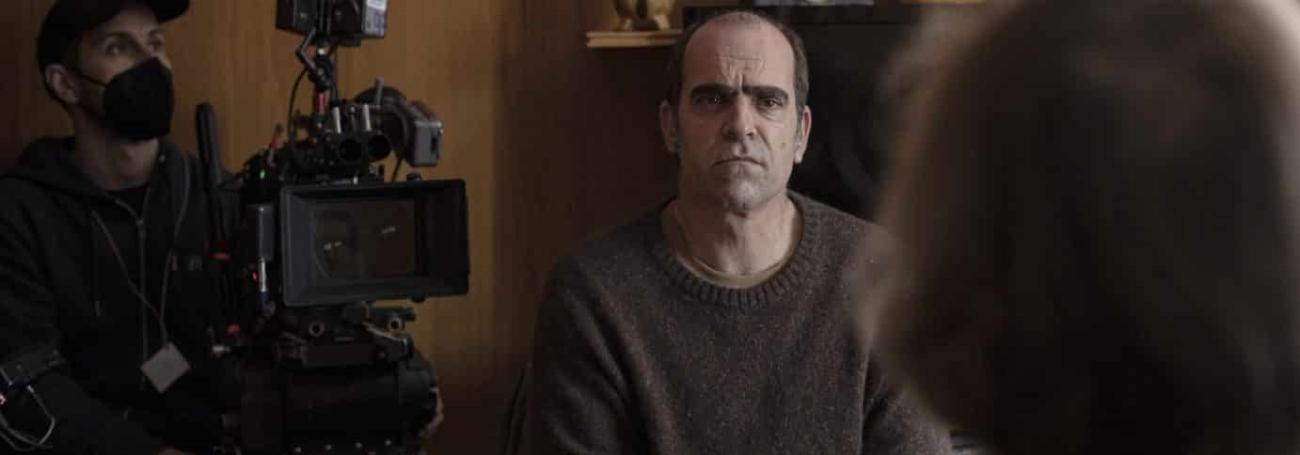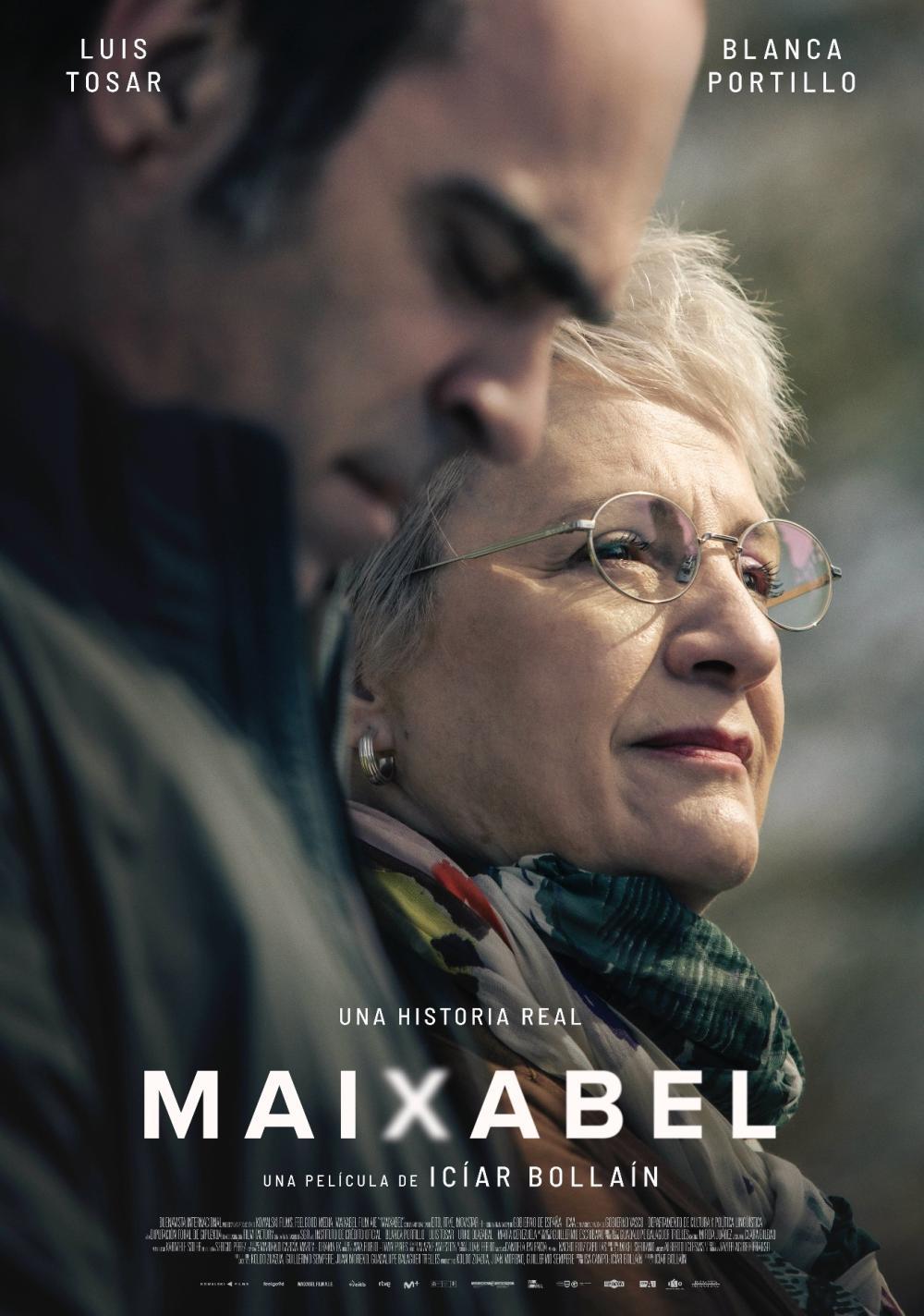It is important to understand that participating in a restorative justice process does not mean avoiding a criminal response, but it is rather a way of involving citizens in the articulation of an appropriate response to the crime. This response must be imposed by a Court or Tribunal, taking into account the public interests that the Public Prosecutor must represent, and respecting all the guarantees offered by the democratic criminal process. Restorative justice aims at promoting the reparation of the victim and the accountability of the offender through a participatory process that can include other members of the community, always with the guarantees and endorsements of public institutions.
Restorative justice does not, therefore, mean privatisation of justice but a deepening of its collective, authentically political dimension. And it is precisely this aspect, that makes it a particularly valuable instrument to delegitimise terrorism.
Terrorism crime offenders have often the delusional idea of having exercised violence in the name of the people. Restorative justice puts the terrorist in front of these same people, the community, that will make the offender understand that their violence was meaningless and that they have committed a mistake. In doing so, restorative justice sends future generations the message that it does not accept guardianship from any armed group, nor any law other than the one that has been decided democratically.
Because of this alone, initiatives like the one of Maixabel Lasa should deserve, beyond ideologies and partisanship, the recognition of our entire society



